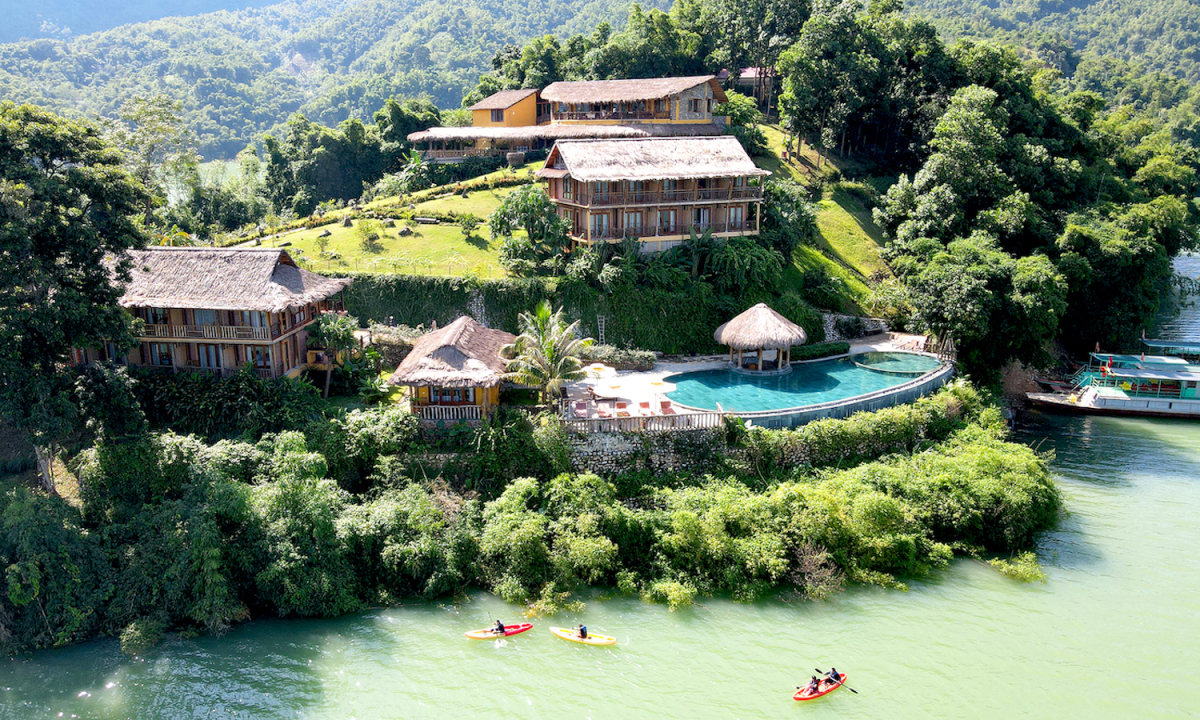From the lush greenery of the rainy season to the crisp landscapes of the dry season, each season of Hoa Binh weather unveils a unique aspect of this province’s charm.
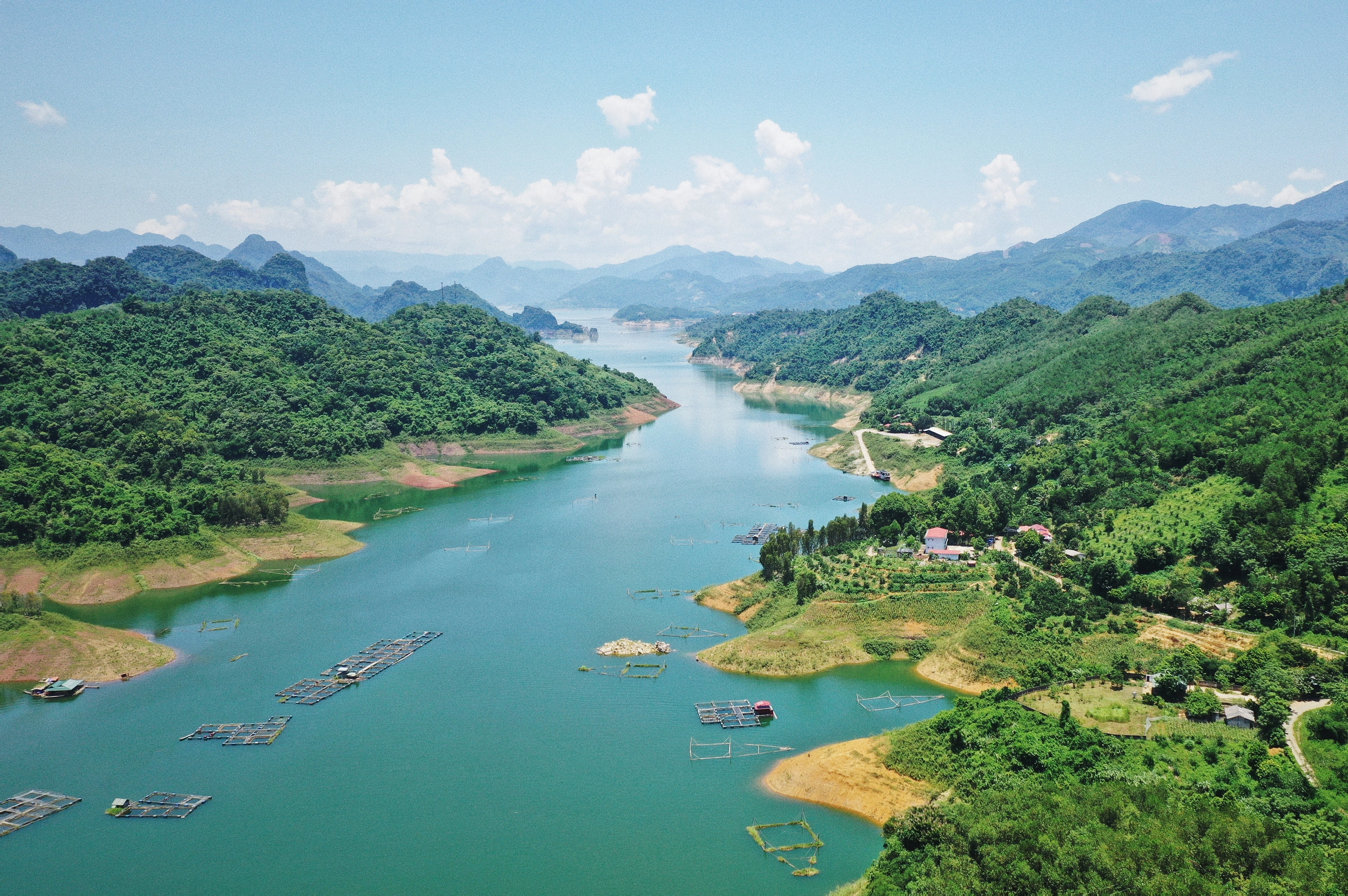
Nestled in Northern Vietnam, Hoa Binh boasts a climate that paints a vivid picture of the region’s natural beauty. In this guide, we will delve into the various seasons of Hoa Binh weather, showing you the best times to explore this enchanting destination.
1. Climate in Hoa Binh Province, Vietnam
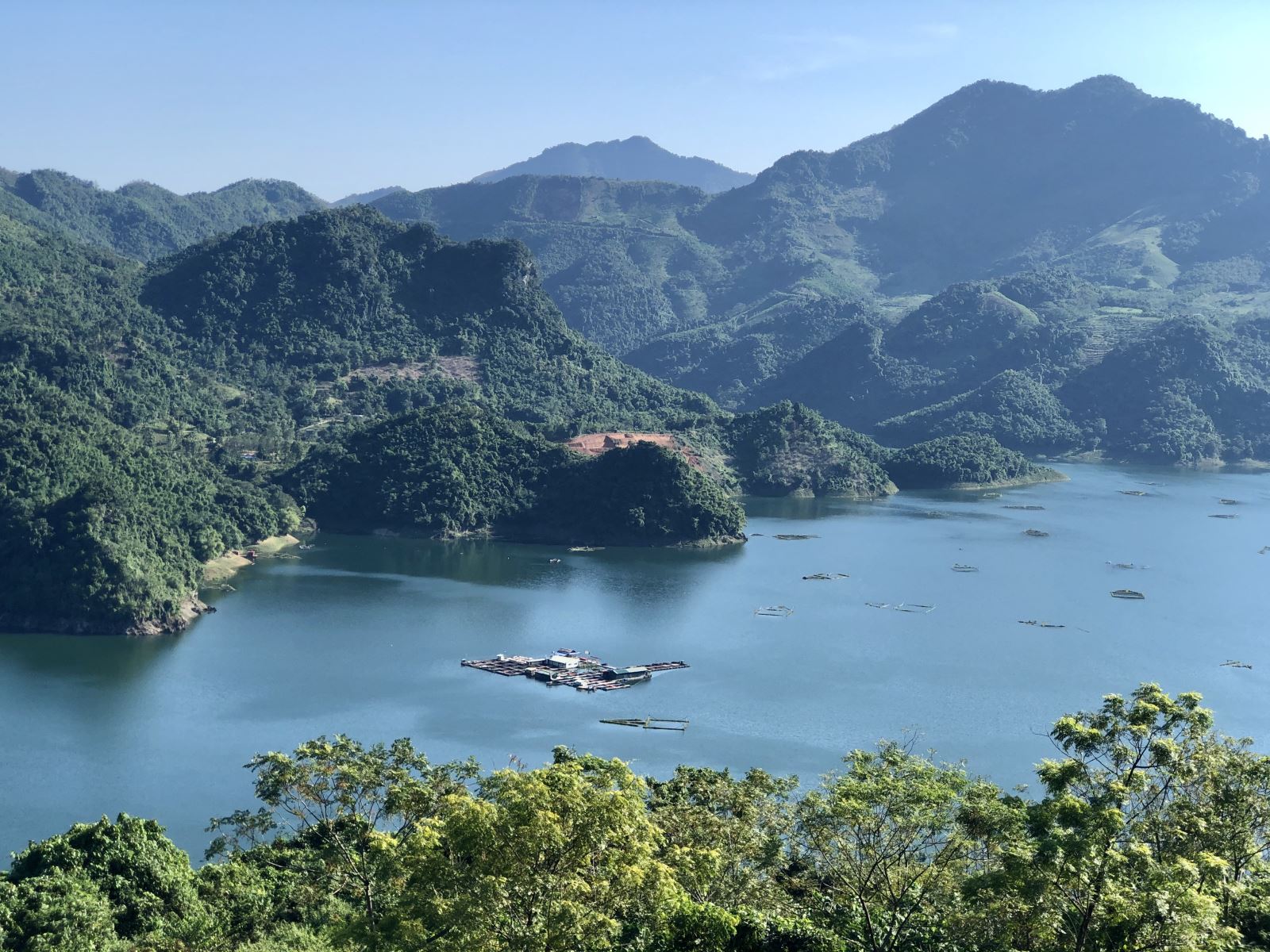
Hoa Binh is a mountainous province located at the gateway to Northern Vietnam. This province holds a pivotal geographical position as the transition zone from the lowlands to the mountains. Hoa Binh weather is characterized by a tropical monsoon climate, with cold, dry winters and hot, rainy summers. The average annual temperature hovers around 23°C. July marks the highest temperatures of the year, averaging 27 – 29°C. January sees the lowest temperatures, averaging between 15.5 – 16.5°C.
Hoa Binh’s climate can be distinctly categorized into two seasons: the rainy season (hot and humid with abundant rainfall) and the dry season (cold and dry). Another way to categorize is the classic four seasons (spring, summer, autumn, and winter. Overall, Hoa Binh weather is pleasantly cool, making it highly suitable for tourism.
2. Features of Hoa Binh weather by season
2.1. Hoa Binh weather in the rainy season

Summer coincides with the rainy season, when Hoa Binh weather is hot and humid. Typically starting from mid-April and lasting until the end of October, the rainy season contributes to approximately 90% of the annual rainfall, with an average of 1,600 – 1,700 mm. In high-altitude areas like Mai Chau, Da Bac, and Cao Phong, the rainy season tends to arrive later and linger for an additional 5 – 10 days. The rain concentrates in three areas: Kim Boi, Chi Ne, and Yen Thuy. Conversely, areas like Mai Chau and Ky Son experience relatively less rain. Other areas generally witness moderate rainfall.
2.2. Hoa Binh weather in the dry season
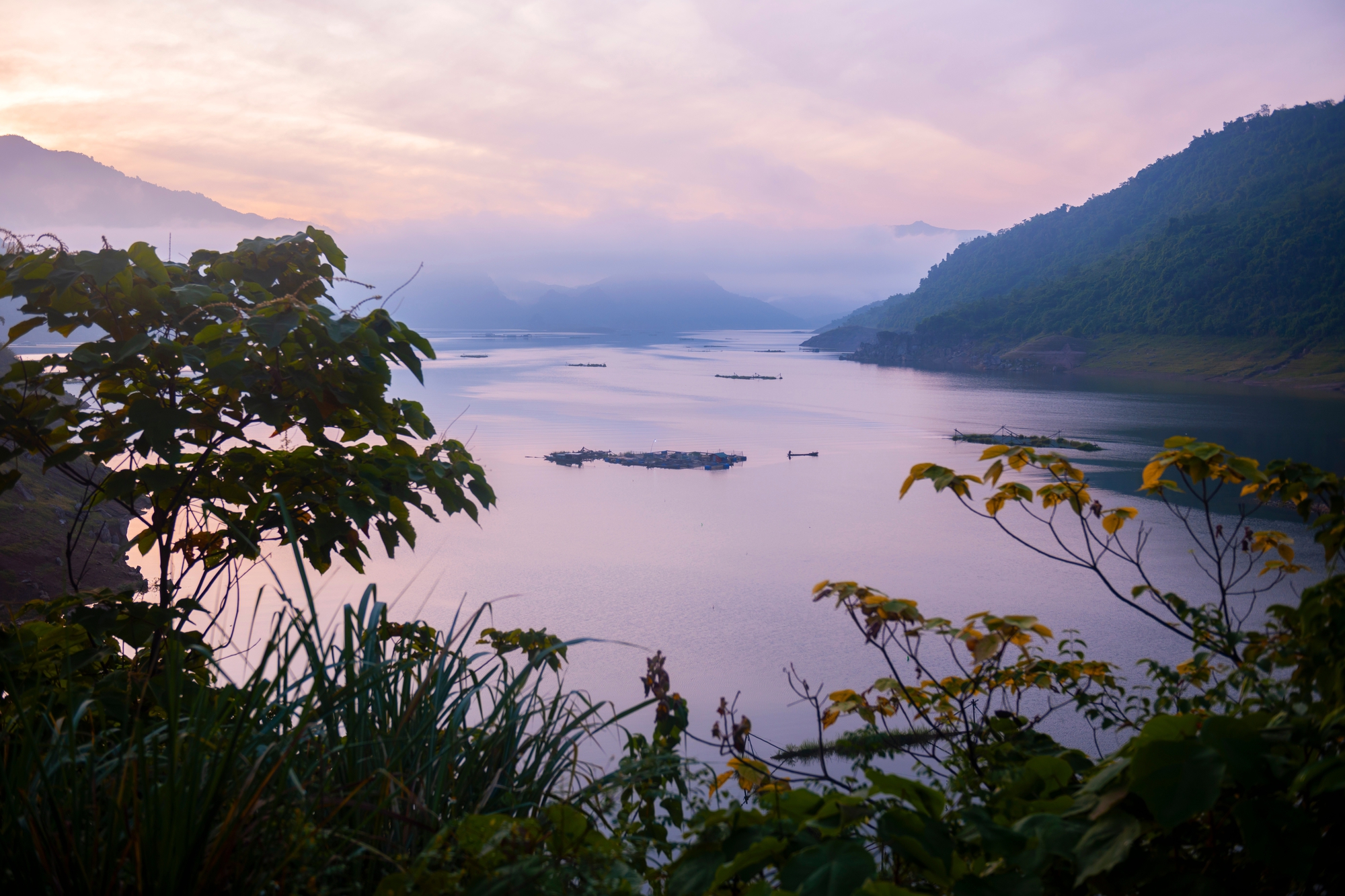
Winter aligns with the dry season, when Hoa Binh weather is cold and dry. Typically starting from November and lasting until April, this period receives only about 10% of the annual rainfall, totaling approximately 150 – 250 mm. Particularly in the winter months (December, January, and February), the monthly rainfall is around 30 mm across most areas. In some years, certain locations may experience continuous dry spells or insignificant rainfall (Mai Chau and Lac Son). This marks the driest period of the year in Hoa Binh Vietnam.
3. Best time to visit Hoa Binh, Vietnam
Hoa Binh is typical of Northern Vietnam weather. The hilly terrain offers attractive sightseeing opportunities, including waterfalls, nature reserves, mineral springs, and tropical forests. It unfolds adventurous activities like mountain climbing, trekking, hunting, and waterfall bathing. The historical sites, architectural marvels, traditional crafts, and unique delicacies contribute to a vibrant cultural tapestry that captivates travelers from afar, inviting them to experience and explore.
As an excellent destination, Hoa Binh Vietnam unveils different experiences for visitors in each season.
3.1. In the spring

Visiting Hoa Binh Lake and Mai Chau is a must if you want to immerse yourself in Hoa Binh’s local life.
The area of Hoa Binh Lake offers a distinctive tourist experience infused with the rich cultural heritage of ethnic groups. Surrounding this lake, there are community-based tourist spots in the Muong people’s villages of Ngoi (Ngoi Hoa commune, Tan Lac district), Ke (Hien Luong commune), Da Bia and Mo Hem (Tien Phong commune, Da Bac district).
Mai Chau valley, a famous location in Hoa Binh Vietnam, is inhabited by six ethnic minority communities. These ethnic groups have upheld their age-old traditions, skilled handicrafts, and distinctive lifestyles. Additionally, spiritual sites like Chua Tien (Phu Lao commune, Lac Thuy district) with its picturesque cave formations will provide visitors with a deeper cultural and historical experience.
3.2. In the summer
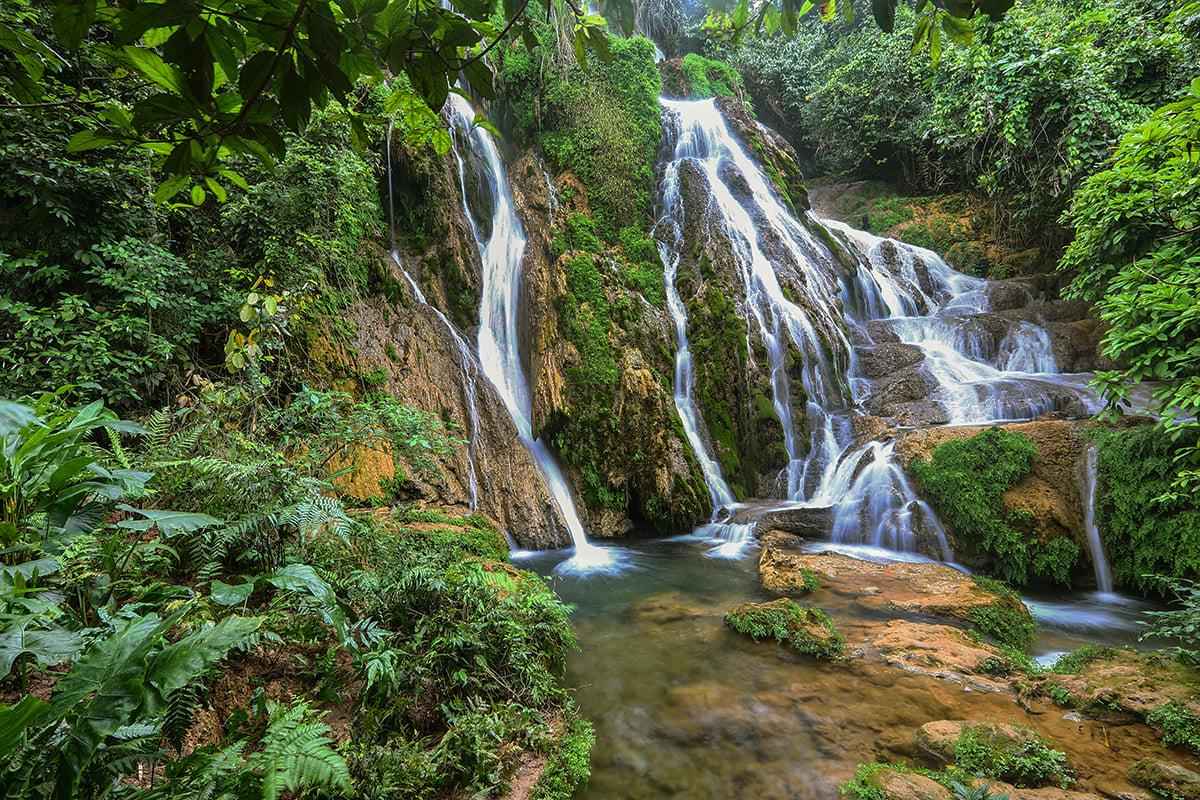
As summer arrives, Hoa Binh weather beckons tourists to immerse themselves in the serene atmosphere, close to nature. Mai Chau Valley offers an ideal escape from the bustling urban environment, providing a peaceful retreat surrounded by lush green rice fields. Visitors can enjoy the best view of the valley from Thung Khe Pass.
Go Lao Waterfall is another must-see attraction in Hoa Binh during the summer. Situated beneath the foothills near Hoa Binh Hydroelectric Dam, reaching this waterfall is a challenging journey through narrow and winding roads. Despite the difficulties, the scenic beauty along the route, including small charming Muong houses nestled against limestone cliffs and bamboo forests, makes the trip worthwhile.
Near Go Lao Waterfall is the vast Ba Khan Lake. The reflective surface of the lake mirrors the sky, mountains, and forests, creating a breathtaking natural panorama. With a magnificent natural backdrop, this spot has become an ideal stopping point for those who seek to connect with nature. Visitors can either set up their own camp or immerse themselves in the refreshing waters here, both providing unforgettable experiences.
3.3. In the autumn
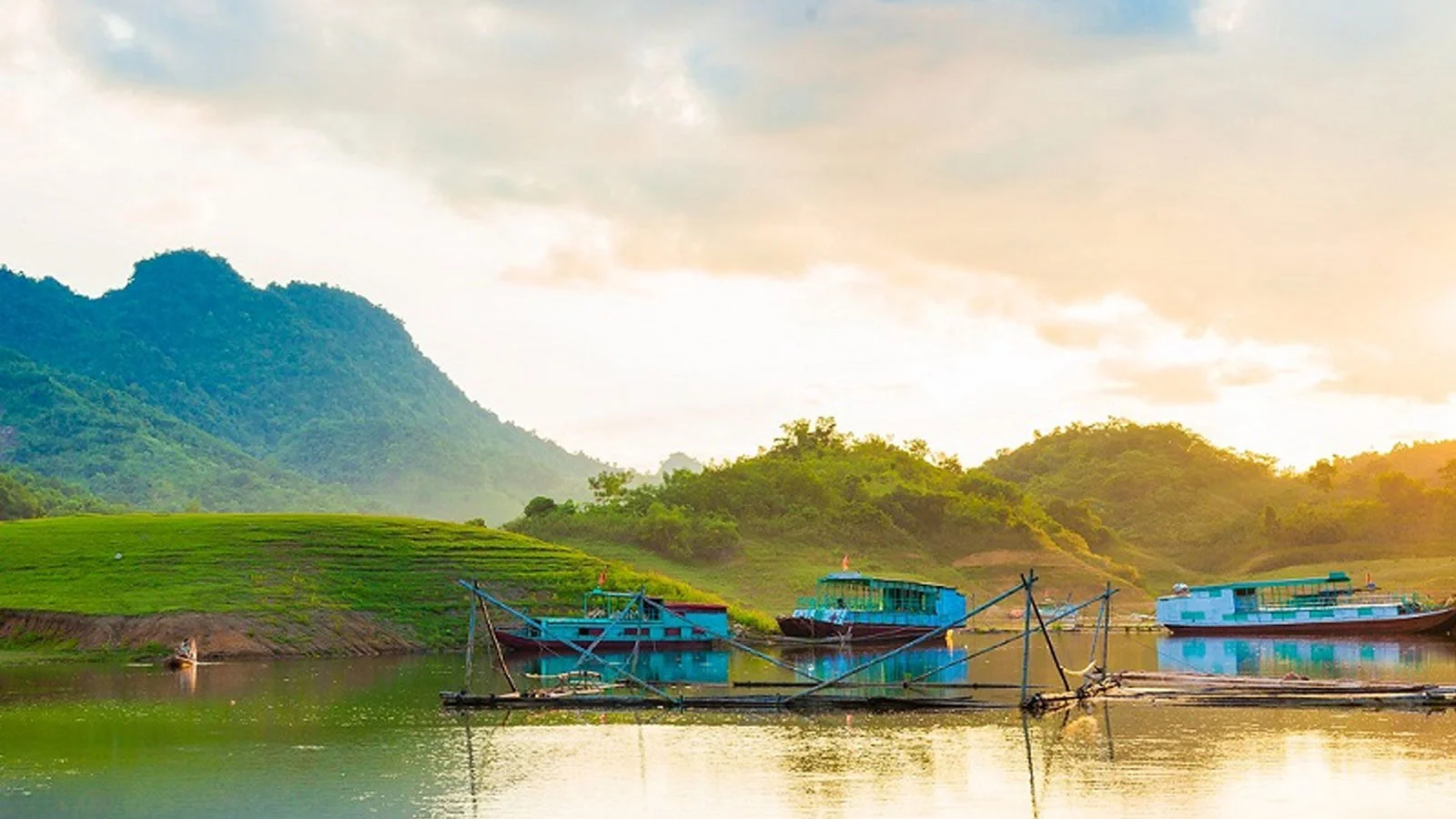
One of the most beautiful seasons in Hoa Binh is the romantic autumn. The mild climate, resulting from reduced temperatures and low humidity, creates an ideal time for a delightful visit to this province. Hoa Binh weather in autumn is perfect for exploring Mai Chau and Thung Nai. With lush spaces, shaded trees, and clear streams, visitors can engage in activities such as camping, trekking, paddleboarding, and more.
3.4. In the winter

Planning a North Vietnam itinerary in winter may be challenging, as the entire region is shrouded in the misty chill. However, this time also brings some unforgettable highlights. During winter in Hoa Binh, mountain ebony flowers and apricot blossoms bloom in white throughout the villages, resembling tiny exquisite snowflakes. Tourists are free to admire and capture this impressive scenery.
During the winter season, don’t miss the opportunity to visit Kim Boi Hot Springs. With its natural hot water and high mineral content, the hot springs are an ideal place to enjoy moments of relaxation. Visitors can immerse themselves in the water, unwind, and blend into the peaceful atmosphere of the serene countryside.
